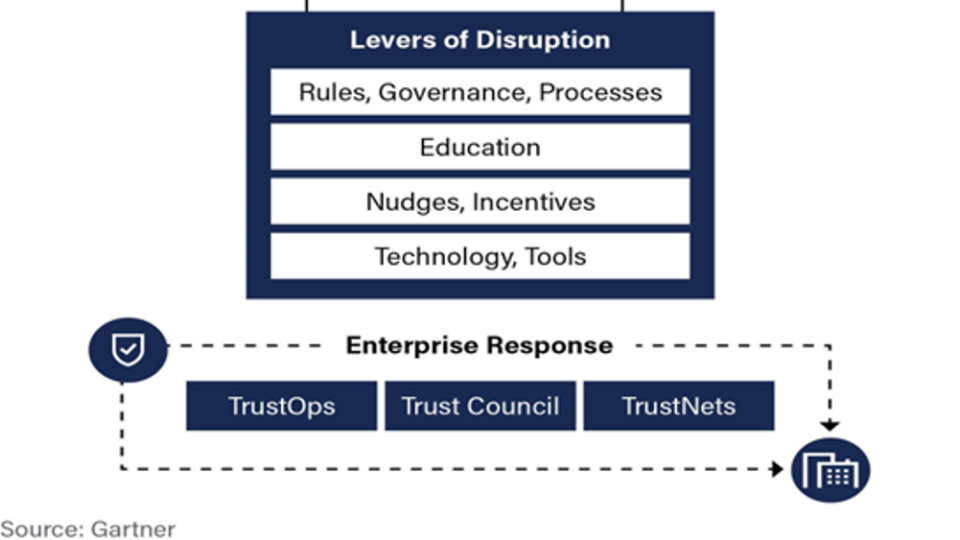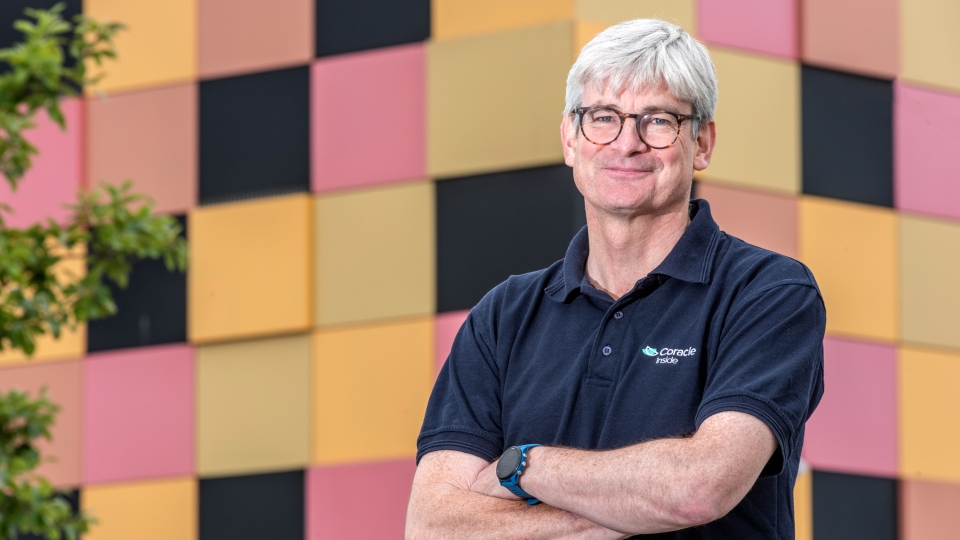
BT, Nokia and MediaTek have successfully completed trials of 5G Reduced Capability (RedCap) technology with RedCap devices, designed to make it it easier and more cost-efficient to introduce IoT services using 5G.
The trial, which took place at BT Group’s Adastral Park site, utilised Nokia’s AirScale RAN portfolio, BT-owned EE’s 5G Standalone (SA) network, and MediaTek’s RedCap testing platform.
RedCap is a technology introduced in 3GPP Release 17 that brings 5G to devices that do not require its full capabilities. It has the potential to expand the IoT ecosystem and accelerate its deployment within the industry.
BT Group is evaluating RedCap to support new 5G use cases which could benefit both EE’s business and consumer customer bases.
5G devices, such as smartphones, often have complex hardware and power-hungry features which leads to higher cost, size, and power consumption. RedCap technology focuses on simplifying 5G devices, particularly small IoT devices, such as wearables or health trackers for consumers, as well as ruggedised routers, and environmental or other condition-based monitoring sensors.
These devices have less demand for battery life and lower bandwidth requirements. RedCap ensures they maintain performance and optimises their power efficiency.
Greg McCall, chief networks officer at BT Group, said: “This trial demonstrates the potential of RedCap technology in unlocking a new wave of innovation within the 5G services ecosystem. This is especially the case as we move towards the arrival of 5G SA, bringing with it enhanced reliability, responsiveness, security, and speed, which – through 5G RedCap – promises to benefit a host of new IoT devices and use cases.”
Phil Siveter, CEO for the UK and Ireland at Nokia, added: “RedCap will unlock new 5G opportunities for many industries, with potentially billions of new devices connected with 5G.”
A 5G SA network relies purely on 5G connectivity, rather than mixing together slower 4G and faster 5G technology.







